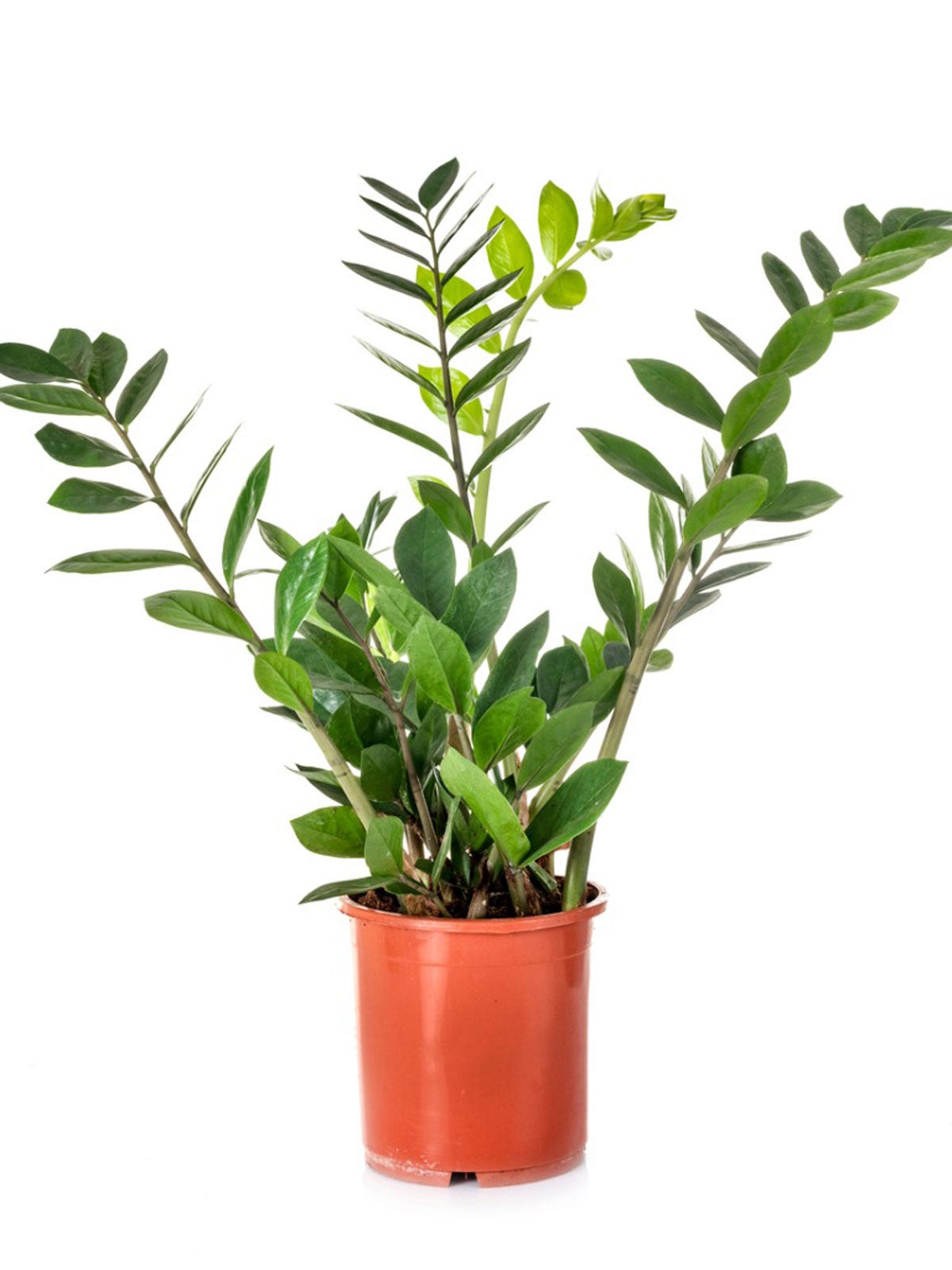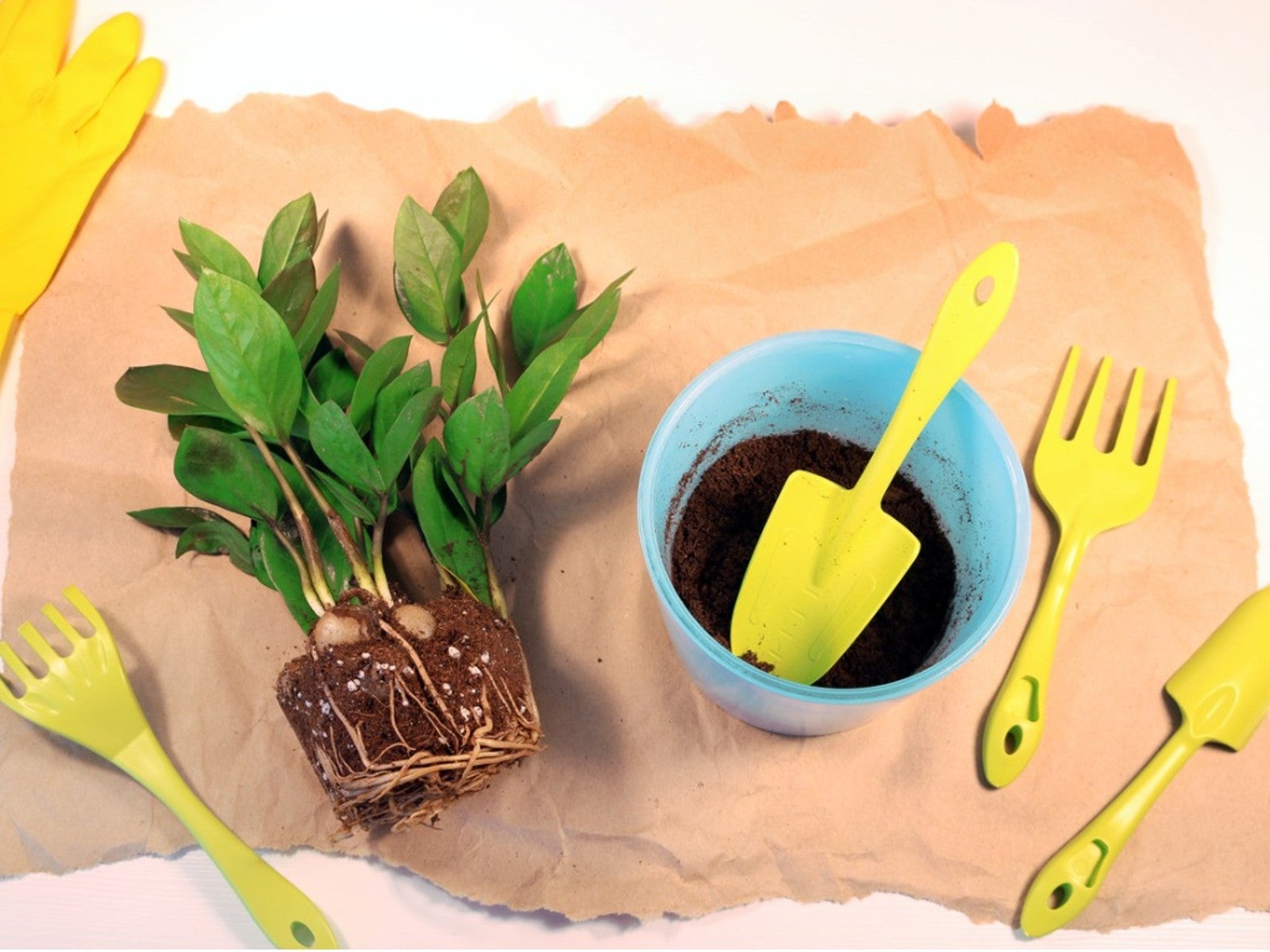ZZ Plant Leaf Cuttings – Tips For Propagating ZZ Plants


ZZ plant is a slow growing, reliable performer that is doggedly loyal even when you mistreat it. It is such an easy plant that creating more of them to share with friends and family seems like a good idea. Propagating ZZ plants is easy but can take up to nine months or more. Learn how to root ZZ plant cuttings for a better chance at success.
ZZ Plant Leaf Propagation
It is common to find a ZZ plant in an office setting with low light and no fresh air. The uncomplaining plant, Zamioculcus zamiifolia, is also known as eternity plant, fat boy, aroid palm, and many more common names. It hails from the southeast coast of Africa and has been an important houseplant in the industry for years. ZZ plants grow from large thick rhizomes. Propagating ZZ plants is as easy as separating these or you can try rooting leaf cuttings. Propagation of ZZ plants by division can only be done once in a while. This is because the plant produces new rhizomes very slowly, and removing some frequently will damage the parent plant. Since rhizomes are slow, it is best to look at leaf cuttings as the source of material for propagation. Stems cuttings alone will not work well, but if you take a cutting with two leaves and a bit of stem, the rooting and growth is quicker than just a single leaf and no stem. ZZ plant leaf cuttings are the recommended method by professional growers and can result in new rhizomes in about four weeks when grown in nearly 80 degree F. (26 C.) conditions. However, most of us don't have greenhouse conditions so the process could take nine months or more.
Soil for ZZ Leaf Cuttings
Once you have the correct type of cutting, it is time to consider the medium. Some houseplants can root in just a glass of water, however, rooting ZZ plant in water will likely result in a rotten cutting and isn't the best way to establish new plants. They need to be in well-drained soil or the newly forming rhizomes will mold and fall away. The best mixture for rooting is often one that is almost soilless. At best, it should have superior drainage. Try a good potting soil with plenty of vermiculite or perlite added into it or use a mixture of half peat and half perlite. The perlite or vermiculite will give the medium a light texture and help prevent soil from maintaining too much moisture.
How to Root ZZ Plant Cuttings
Take your ZZ plant leaf cuttings from mature stems. Allow the cut end to callus over for a few hours. Then insert it into your medium, cut end down. Place in a warm area with bright light during the day. Check for roots and rhizome formation after a month. Once you have a few tiny rootlets and the bud of a rhizome, you can transplant the cuttings to larger containers. It is a good idea to start many cuttings with ZZ plant leaf propagation because some of them may not take off. Additionally, checking to see if they have roots may actually kill the cutting, but if you have more than one you still have a chance of more ZZ plants. Be very patient. Some growers have mentioned the nine month period as the end of all your waiting, but it could take even longer if the cutting doesn't have enough light and temperatures aren't warm enough. Simply put the cuttings somewhere that you will remember to water them occasionally, and wait it out. Over time, this slow grower will jump into action and provide you with the start of a new plant.
Gardening tips, videos, info and more delivered right to your inbox!
Sign up for the Gardening Know How newsletter today and receive a free copy of our e-book "How to Grow Delicious Tomatoes".

Bonnie Grant is a professional landscaper with a Certification in Urban Gardening. She has been gardening and writing for 15 years. A former professional chef, she has a passion for edible landscaping.
-
 Looking For Plants To Give You The Soft And Fuzzies? Try These 5 Fuzzy Leaf Plant Options
Looking For Plants To Give You The Soft And Fuzzies? Try These 5 Fuzzy Leaf Plant OptionsLovers of texture, drama, silver foliage and tactile plants will adore these special sensory garden additions. These fuzzy leaf plant options will leave you all aglow
By Susan Albert
-
 Get Ready For A Summer Of Hummers! Grow These Full Sun Hummingbird Plants and Flowers
Get Ready For A Summer Of Hummers! Grow These Full Sun Hummingbird Plants and FlowersIf you’re lucky enough to enjoy a sunny backyard, make sure you are maxing out on your pollinator opportunities and grow these full sun hummingbird plants and flowers
By Tonya Barnett
-
 ZZ Plant Repotting Guide
ZZ Plant Repotting GuideYour ZZ plant does not like to be rootbound. Learn how to repot or divide it when it needs more room.
By Amy Grant
-
 Tips For Caring For A ZZ Plant
Tips For Caring For A ZZ PlantIf ever there was the perfect plant for the ultimate brown thumb, the zz plant is it. This virtually indestructible houseplant can take months and months of neglect and still look amazing. Learn more here.
By Heather Rhoades